Or how to macerate fruit.
What is Maceration?
Maceration. Not to be confused with Marinating though similar.
Maceration is the ‘art’ (barely) of softening fruit – fresh or dried, in liquids or sugar.
Similar to marinating but subject here is fruit not meat or vegetables.
Why Macerate?
To soften the fruit, amplify flavours and prepare them for use, on their own or in other recipes, particularly in dried fruit
For fresh fruit, it tends to draw out liquid, thus reducing the moisture content in the fruit itself. The resulting drawn out liquid tends to be syruppy and could be incorporated in the serving of the dish, or in some other way.
Fresh fruit is also macerated ahead of drying the fruit or using in a recipe where the excess liquid would ruin the outcome. Examples? Making dried Agbalumo and baking a Tarte Tatin.
How to Macerate?
Dried Fruit
Brandied fruit, for fruitcakes? That’s maceration, baby.
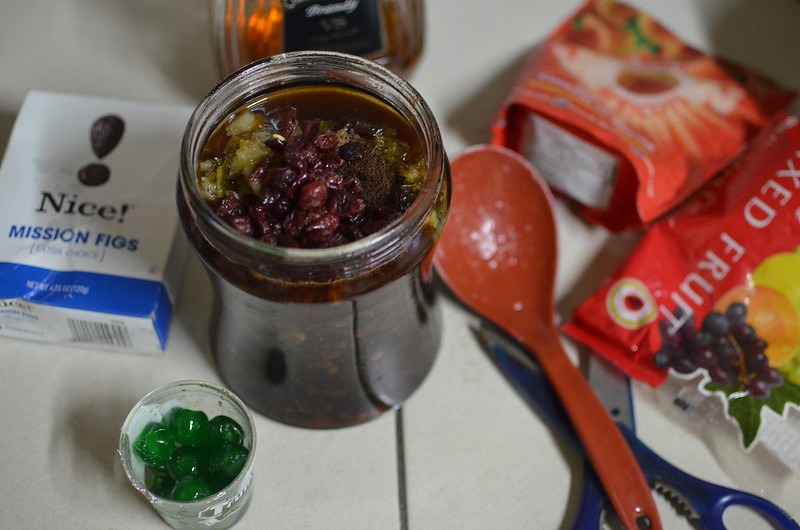
The effects? Fruit that’s refreshed with liquid, takes on flavour and imparts said flavour in dishes.
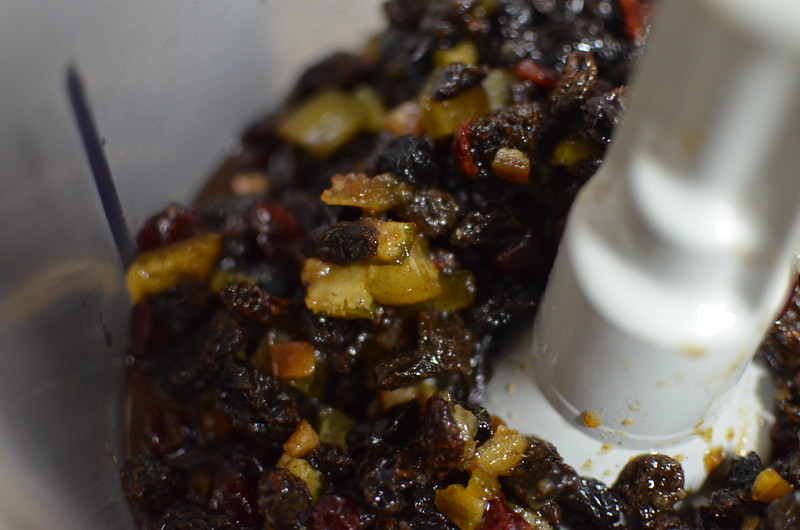
Fresh Fruit
Combine the flesh of the fruit with granulated sugar – white, brown, cane or any other sort.
Toss well so flesh is coated in sugar. Cover the container with the fruit and refrigerate overnight. The result is softened fruit floating in juice. Yummy, sweetened juice.
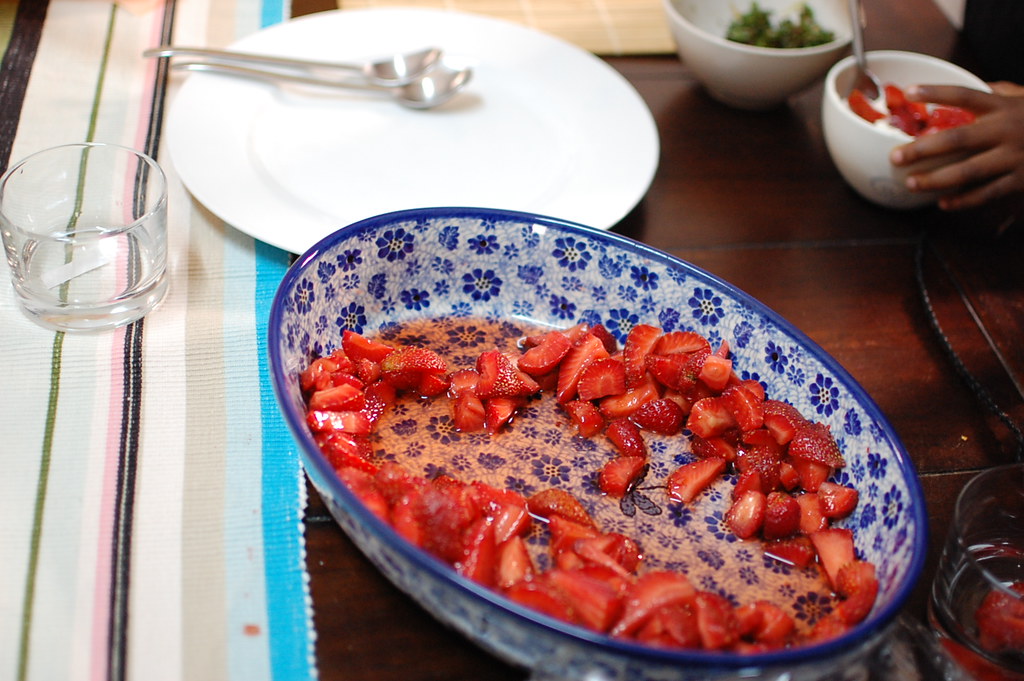
I’ve macerated strawberries – for about half an hour and agbalumo overnight. The time it takes the fruit to soften will vary. The end result is almost always a boost in colour – brighter, more vibrant and liquid to boot.
Other uses of macerated fruit
Liquids for cordials and liqueurs are extracted by maceration – this was the base for my Agbalu’lade and other liqueurs in progress.
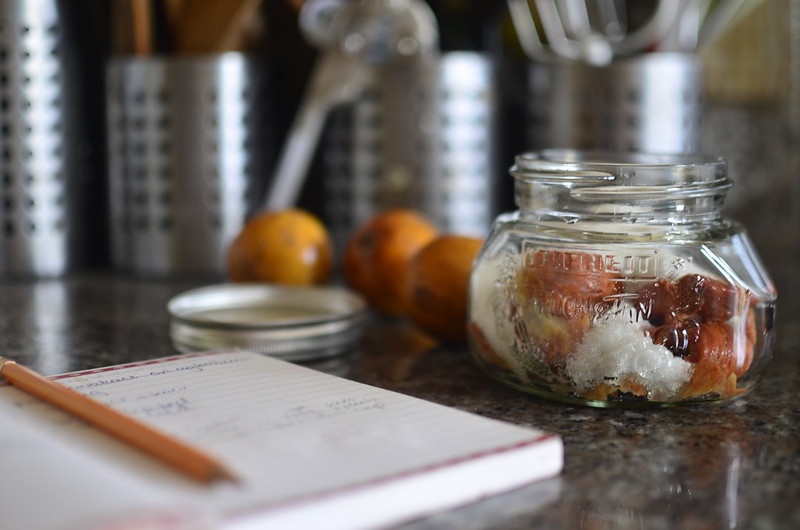 [wpurp-searchable-recipe]The Art of Maceration – – – [/wpurp-searchable-recipe]
[wpurp-searchable-recipe]The Art of Maceration – – – [/wpurp-searchable-recipe]

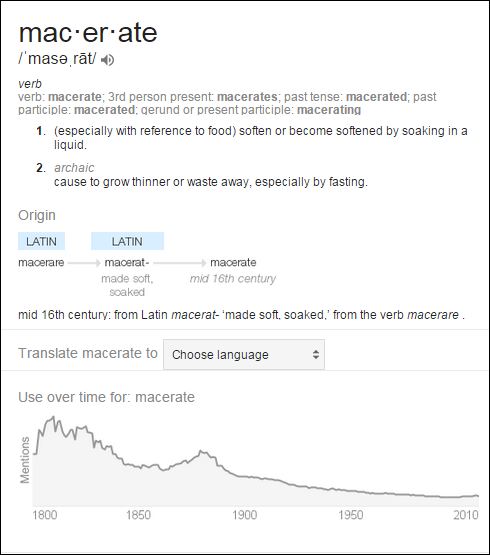
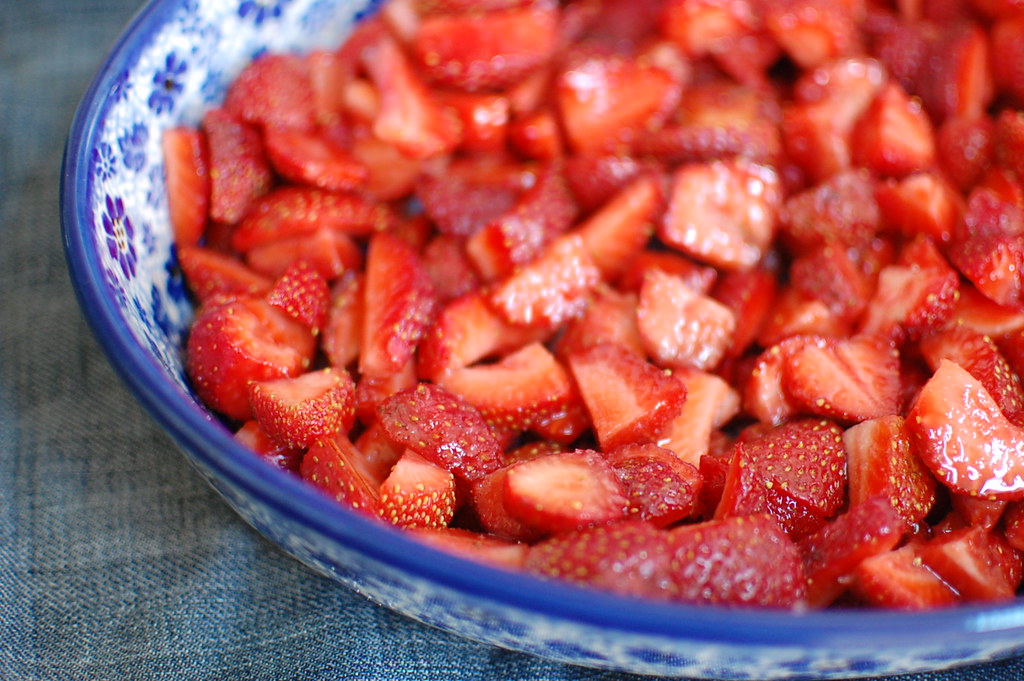
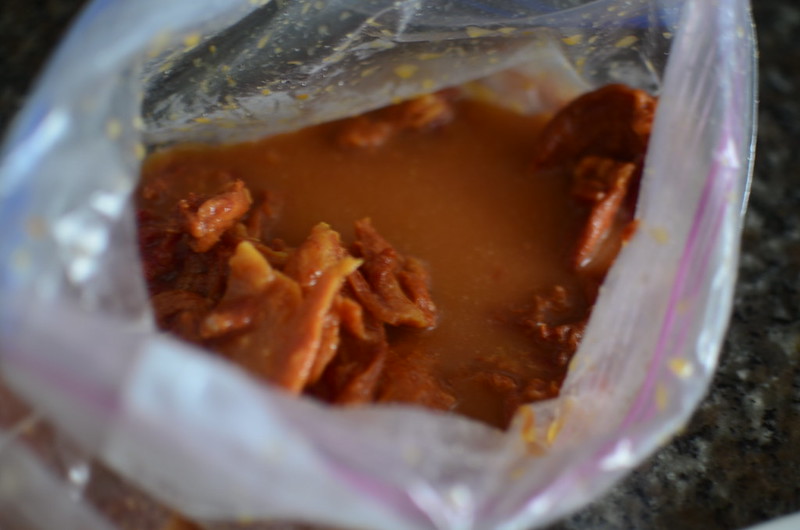
Leave a Reply